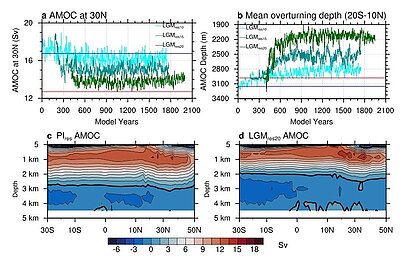December 2025:
Prof. Dr. Mojib Latif receives the Honorary Award of the German Sustainability Award
for his outstanding scientific work on the climate dynamics of the oceans and for his unique ability to communicate scientific knowledge to society with credibility, clarity, and human warmth.

(C) Max Planck Institute for Multidisciplinary Sciences, Göttingen
October 2025:
Prof. Dr. Mojib Latif is awarded the Science Communication Medal 2025.
As part of the scientific lecture series at the literature festival Göttinger Literaturherbst, the Max Planck Institutes in Göttingen have been awarding the Science Communication Medal once a year. They honor scientists who are particularly committed to bringing current research results to the public’s attention.
The lecture series “Science at the Göttingen Literature Autumn” is organized by the four Max Planck Institutes in Göttingen, Göttingen Literature Autumn GmbH, and the State and University Library of Lower Saxony.
October 2025:
New publication:
Song, Z., Latif, M., Park, W. et al. Southern Ocean influence on Atlantic Meridional Overturning Circulation across climate states. Nat Commun 16, 9230 (2025). https://doi.org/10.1038/s41467-025-64268-3
Abstract:
Various proxy data agree on a shallow Atlantic Meridional Overturning Circulation (AMOC) during the last glacial maximum (LGM), extending down to 2000 m − 2500 m depth, which is similar to the AMOC geometry projected by climate models over the 21st century with rising atmospheric CO2. The AMOC strength in the two climate states is insufficiently constrained. Here the Antarctic Bottom Water (AABW) and North Atlantic Deep Water (NADW) properties from proxy data and climate models are used to investigate their influences on the AMOC. It is primarily the AABW’s potential density that determines the AMOC depth in both the LGM and warming climate. Changes in the potential density of the AABW, and the density contrast between NADW and AABW affect the pathways via which NADW returns to the surface and provide a constraint on AMOC strength. This study emphasizes the importance of the Southern Ocean in the AMOC’s depth and strength across climate states.




